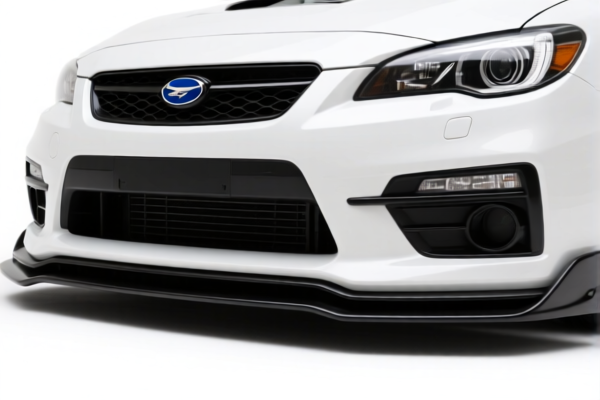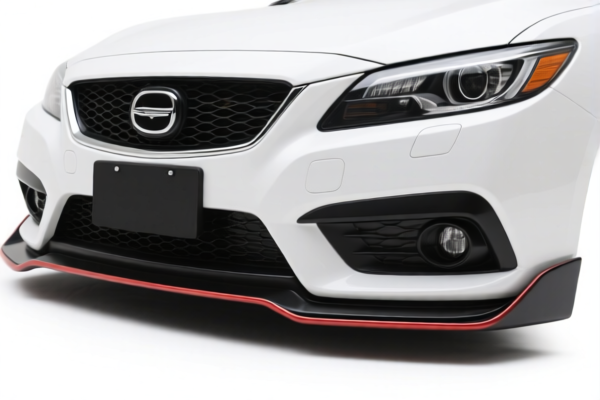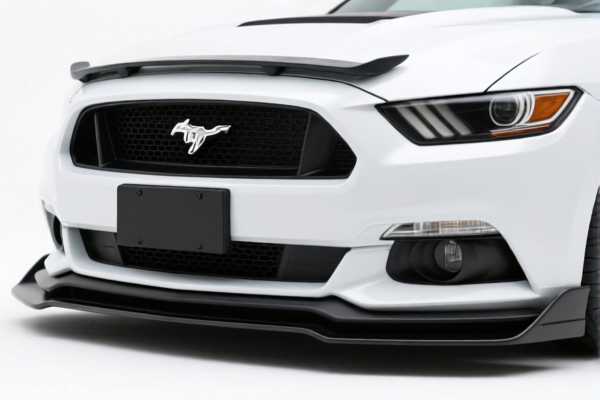| HS Code | Official Doc | Tariff Rate | Origin | Destination | Effective Date |
|---|---|---|---|---|---|
| 8708103020 | Doc | 57.5% | CN | US | 2025-05-12 |
| 3925900000 | Doc | 60.3% | CN | US | 2025-05-12 |
| 7616995190 | Doc | 82.5% | CN | US | 2025-05-12 |
| 7326908688 | Doc | 82.9% | CN | US | 2025-05-12 |




Okay, let's break down the HS codes and tax implications for your "FRONT BUMPER SPOILER" declaration. Here's a detailed analysis, aiming for clarity and actionable advice:
Understanding HS Codes – A Quick Primer
HS codes (Harmonized System codes) are internationally standardized product codes used by customs authorities worldwide. They determine the tariff classification of your goods, which directly impacts the duties and taxes you'll pay. The first 6 digits are generally consistent globally, while the last digits can vary by country.
Analysis of Your HS Codes
Here's a breakdown of each code provided, along with potential considerations:
1. 8708.10.30.20 – Parts and accessories of motor vehicles; Bumpers and parts thereof; Bumpers Stampings; Of steel
- 87: Vehicles and parts thereof. This broadly categorizes the item as related to automobiles.
- 08: Parts and accessories of motor vehicles. Narrows it down to components.
- 10: Bumpers and parts thereof. Specifically identifies bumpers.
- 30: Bumpers Stampings. Further specifies stamped bumpers.
- 20: Of steel. Indicates the material is steel.
-
Tax:
- Basic Duty: 2.5%
- Additional Duty: 25.0% (Currently)
- Additional Duty (Post April 2, 2025): 30.0%
- Total Tax: 57.5% (Currently)
Important Note: This code seems the most appropriate if the bumper is specifically manufactured as a part for a vehicle and is made of steel.
2. 3925.90.00.00 – Builders' ware of plastics, not elsewhere specified or included; Other
- 39: Plastics and articles thereof.
- 25: Plastics builders' ware.
- 90: Other. This is a broad "catch-all" category within builders' ware.
- 00.00: Further specification.
-
Tax:
- Basic Duty: 5.3%
- Additional Duty: 25.0% (Currently)
- Additional Duty (Post April 2, 2025): 30.0%
- Total Tax: 60.3% (Currently)
Caution: This code is likely incorrect unless the bumper is entirely made of plastic and doesn't function as a core vehicle part. It's generally for plastic construction materials.
3. 7616.99.51.90 – Other articles of aluminum; Other; Other; Other Other; Other; Other
- 76: Aluminum and articles thereof.
- 16: Aluminum articles.
- 99: Other. A broad category for aluminum items not specifically classified elsewhere.
- 51: Other.
- 90: Other.
-
Tax:
- Basic Duty: 2.5%
- Additional Duty: 25.0% (Currently)
- Additional Duty (Post April 2, 2025): 30.0%
- Total Tax: 82.5% (Currently)
Caution: This code is only appropriate if the bumper is made of aluminum.
4. 7326.90.86.88 – Other articles of iron or steel; Other; Other; Other Other
- 73: Iron or steel articles.
- 26: Iron or steel articles.
- 90: Other.
- 86: Other.
- 88: Other.
-
Tax:
- Basic Duty: 2.9%
- Additional Duty: 25.0% (Currently)
- Additional Duty (Post April 2, 2025): 30.0%
- Total Tax: 82.9% (Currently)
Caution: This code is a general category for iron or steel articles. It's less specific than 8708.10.30.20 if the item is a vehicle part.
Recommendations & Next Steps
- Material Verification: Crucially, confirm the exact material composition of the bumper. Is it steel, aluminum, plastic, or a combination? This is the biggest factor in selecting the correct HS code.
- Functionality: Is the bumper specifically designed and manufactured as a part for a motor vehicle? If so, 8708.10.30.20 is the most likely correct code.
- Consider a Ruling: If you're unsure, consider applying for a binding tariff ruling from your local customs authority. This provides legal certainty on the correct classification.
- Invoice Details: Ensure your commercial invoice clearly states the material composition, intended use, and any relevant technical specifications.
- Post-April 2, 2025 Duty: Be aware of the increased additional duties coming into effect on April 2, 2025. Factor this into your cost calculations.
- Certification: Depending on the destination country, you may need specific certifications for vehicle parts (e.g., safety standards). Check the import regulations of the destination country.
Disclaimer: I am an AI assistant and cannot provide definitive customs advice. This information is for general guidance only. Always consult with a qualified customs broker or your local customs authority for accurate and up-to-date regulations.
Customer Reviews
The information on HS code 7326908688 was good, but I would have liked more details about why it's less specific than 8708103020. Still, the data was accurate and useful.
The review of HS code 7616995190 was spot-on. I didn’t know aluminum bumpers had such a high tariff rate, but the breakdown made it easy to understand the costs involved.
I found the analysis of HS code 3925900000 helpful, but I was a bit confused by the note that it might not be the right code for vehicle parts. Still, the info was clear and actionable.
The detailed breakdown of HS code 8708103020 was exactly what I needed for exporting steel bumpers to the US. The tariff rate and material specifics were clearly explained.